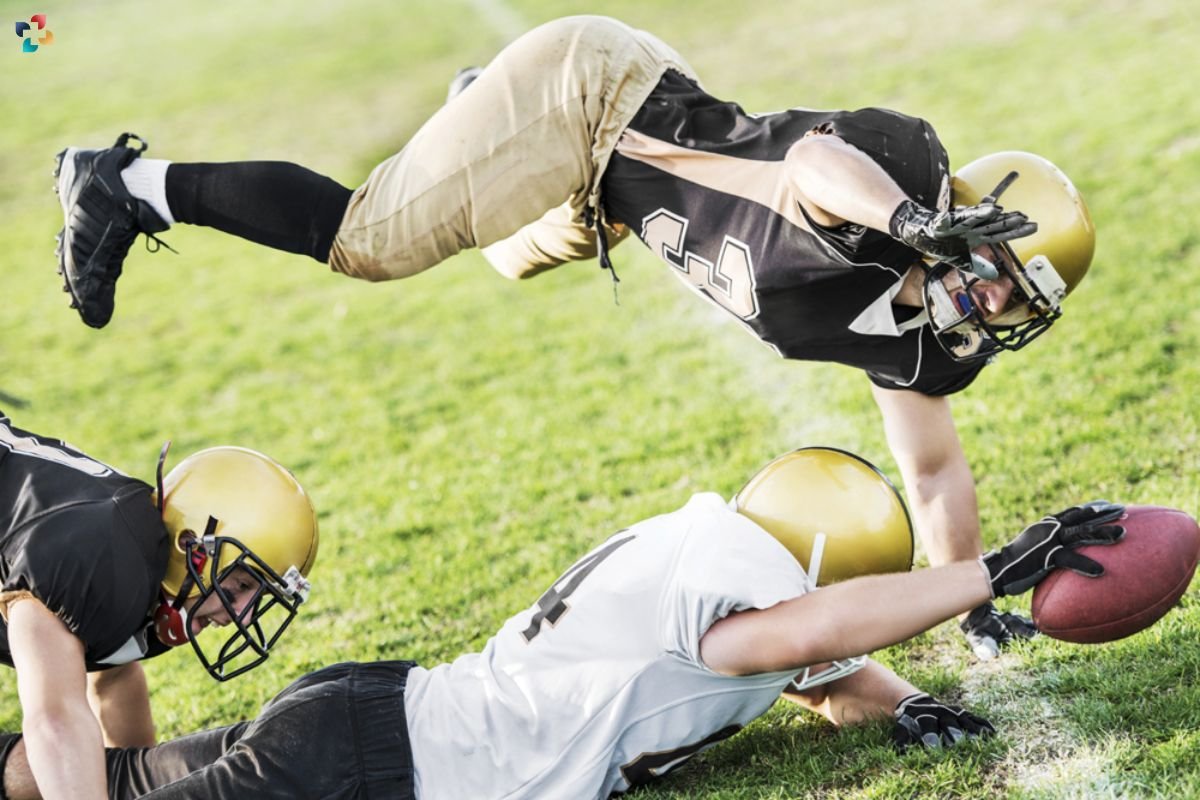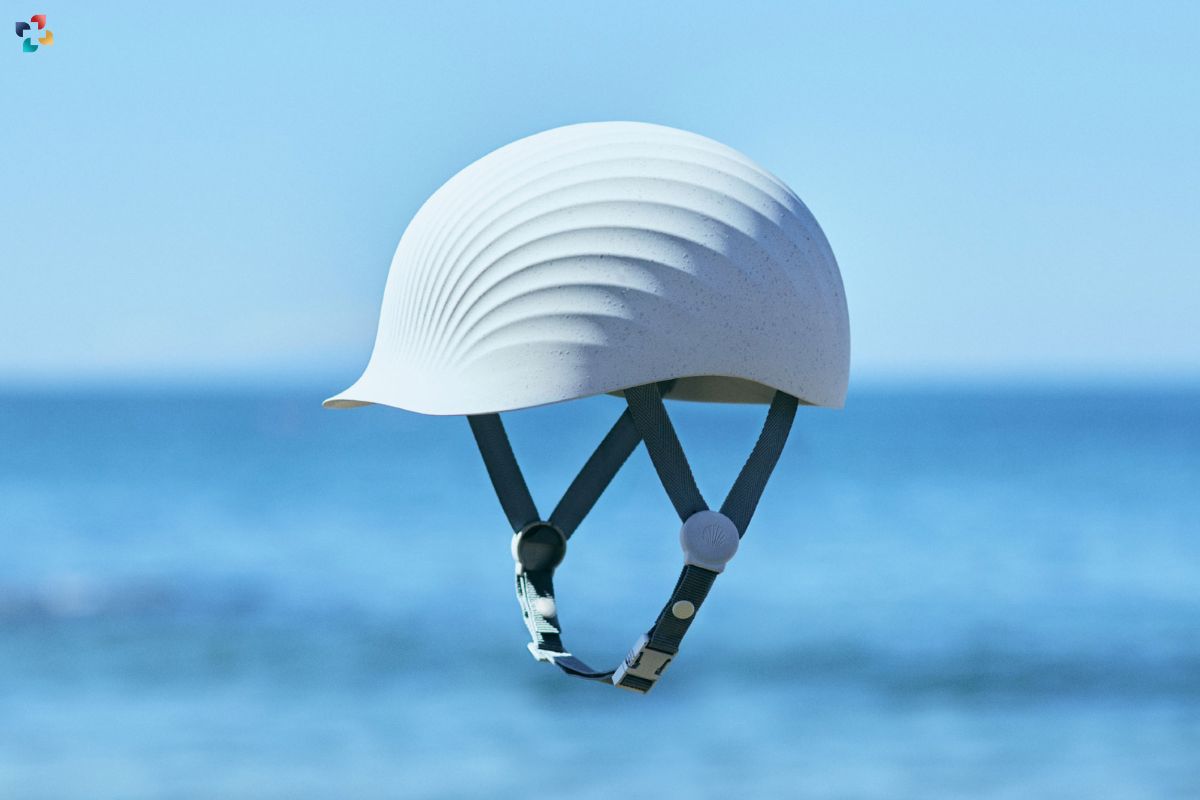Comfort and safety are the most important elements to consider when picking the right helmet. The multiple types of helmets available in the market may confuse you. The most important thing to consider is your requirement for the helmet. How and in what circumstances are you going to use the helmet, is the main aspect to consider. All helmets are created the same, but the shape, size, and, comfort differ. A loose helmet is not advised as it will not protect when faced with an impact. The reason for wearing a helmet is to save yourself from the forceful impact it makes. So, picking the right helmet is important according to your needs and comfort.
Wearing a helmet when riding a motorcycle is a serious concern. It is a question of life and death. It may be miserable at times but after using it to some extent, you will get habitual to it. Don’t be overwhelmed when selecting a helmet. We have curated some Steps for Picking the Right Helmet for the Right Sport or Activity. Read on:
The Importance of Wearing a Helmet When Riding a Bike
Before we delve into the broader spectrum of sports and activities, let’s first understand the critical importance of wearing a helmet when riding a bike. Bicycling is a popular recreational and transportation activity, but it can also pose significant risks without proper head protection.
1. Preventing Head Injuries
One of the most obvious reasons to wear a helmet when cycling is to protect your head from injury. In the event of a fall or collision, the helmet acts as a cushion, absorbing impact forces and reducing the risk of severe head trauma.
2. Minimizing Brain Injuries
Head injuries can result in concussions or more severe traumatic brain injuries (TBIs). Wearing a helmet significantly reduces the likelihood of these devastating consequences.
3. Setting an Example
Wearing a helmet sets a positive example for others, especially children. It promotes a culture of safety and encourages responsible behavior on the road.
4. Legal Requirement
In many places, wearing a helmet while cycling is a legal requirement. Failing to comply with this law can result in fines and penalties.
5. Enhancing Visibility
Helmets often come equipped with reflective elements and bright colors, which can enhance your visibility to motorists, reducing the risk of accidents.
The Importance of Picking the Right Helmet in Sports and Activities:

Now, let’s expand our perspective to various sports and activities beyond cycling. Helmets are essential in many recreational and professional settings to mitigate risks and ensure the well-being of participants.
1. Skateboarding and Rollerblading
These activities involve high-speed maneuvers and the potential for falls. Helmets protect skaters and rollerbladers from head injuries that can occur during accidents or stunts.
2. Snowboarding and Skiing
Helmets are now widely recommended for snow sports. They shield against head injuries caused by collisions with trees, rocks, or other skiers and snowboarders.
3. Motorcycling
Motorcyclists rely on helmets not only for protection but also as a legal requirement in many places. Helmets designed for motorcycling provide added protection against high-speed crashes.
4. Equestrian Sports
Horseback riding poses risks of falls and kicks, making helmets a must for riders to safeguard their heads against injuries.
5. Contact Sports
Football, hockey, rugby, and similar contact sports mandate the use of helmets to protect players from head trauma during collisions and tackles.
6. Rock Climbing
Helmets are essential for rock climbers to guard against falling debris and head injuries caused by slips or falls.
Specifications to Consider When Buying a Helmet
When picking the right helmet for your chosen sport or activity, there are specific specifications to keep in mind to ensure optimal protection:
- Safety Standards:
Ensure that the helmet meets safety standards specific to your sport or activity. Look for certifications such as CPSC (Cycling), ASTM F1447 (Skating), or SNELL (Motorcycling).
- Proper Fit:
A well-fitting helmet is crucial for protection. Measure your head circumference and select a helmet size that snugly fits without being too tight. Ensure it does not wobble or slide when worn.
- Helmet Type:
Different activities require different types of helmets. For instance, a bicycle helmet is designed differently from a motorcycle helmet. Select the right type based on your chosen activity.
- Ventilation:
Adequate ventilation is essential, especially in sports where you exert yourself physically. When picking the right helmet, look for helmets with multiple vents to prevent overheating.
- Chin Straps:
Secure chin straps are necessary to keep the helmet in place during impacts. Ensure they can be adjusted for a snug and comfortable fit.
- Shell Material:

Helmets are typically constructed from materials like polycarbonate, fiberglass, or carbon fiber. Consider the durability and weight of the shell material.
- Padding and Lining:
Soft, comfortable padding and lining on the interior of the helmet contribute to both comfort and safety. Look for helmets with removable and washable padding for hygiene.
- Visor and Face Protection:
Some helmets come with built-in visors or face protection, which can be essential for certain sports or conditions.
- Weight:
A lightweight helmet reduces strain on your neck and enhances comfort, especially during prolonged activities.
- Budget:
Budgets are an important constraint when picking the right helmet. Due to the diverse options, one should consider the use of and then select a helmet.
Tips for Ensuring Safety
Aside from selecting the right helmet, here are some additional tips to ensure your safety during sports and activities:
- Inspect Regularly:
Routinely inspect your helmet for any signs of wear and tear, such as cracks, dents, or loose components. Replace a damaged helmet immediately.
- Replace After an Impact:
If your helmet sustains an impact during an accident, replace it, even if it appears undamaged. The integrity of the helmet may be compromised.
- Proper Adjustment:
Ensure your helmet is correctly adjusted every time you wear it. This includes securing chin straps and ensuring a snug fit. Try different helmets when you are picking the right helmet for yourself.
The Future of Helmet Technology

As technology continues to advance, helmet design and functionality are evolving as well. Here are some trends and future prospects for helmet technology:
- Smart Helmets:
Integrating technology into helmets is becoming increasingly common. Smart helmets may include features like built-in communication systems, impact sensors, and augmented reality displays.
- Lighter Materials:
Advances in materials science will lead to even lighter yet stronger helmet materials, enhancing comfort without compromising safety. A lighter one is important when you are picking the right helmet.
- Customization:
3D scanning and printing technologies will enable the production of custom-fit helmets tailored to an individual’s head shape.
- Enhanced Impact Protection:
Research and development efforts will focus on improving impact protection through innovative materials and design.
- Biometrics and Health Monitoring:
Helmets may incorporate biometric sensors to monitor the wearer’s health, providing valuable data for athletes and healthcare professionals.
Conclusion
Picking the right helmet is a crucial step in ensuring your safety during various sports and activities. From biking to extreme sports, helmets play a vital role in preventing head injuries and protecting against severe consequences. Remember to consider safety standards, proper fit, ventilation, and other specifications when choosing a helmet. By prioritizing safety and following best practices, you can enjoy your favorite activities with confidence, knowing you have taken the necessary steps to safeguard your head and well-being.









